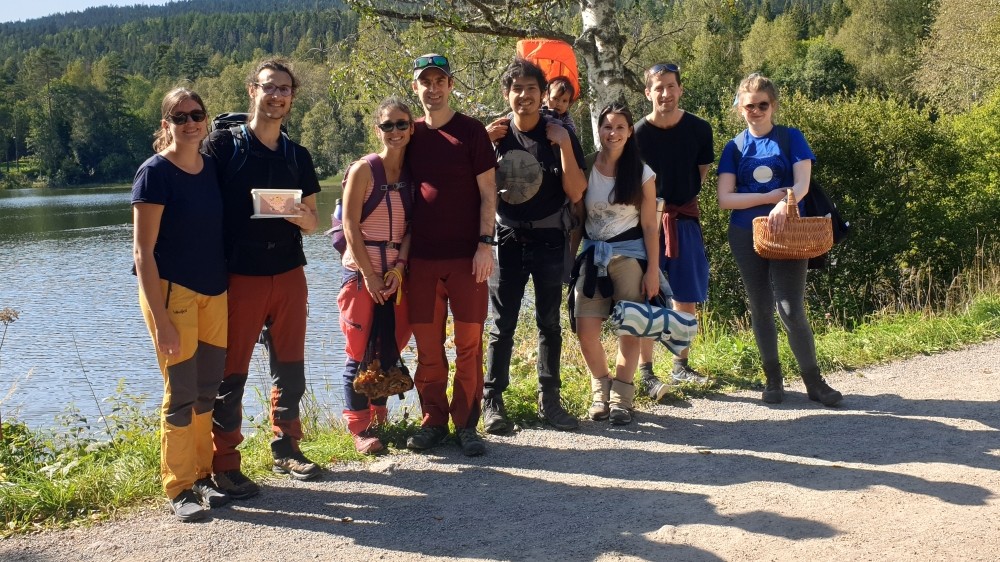JASPAR is an open access and widely-used database of DNA binding profiles for transcription factors (TFs) from species in six taxonomic groups.
With about 10,000 users per month, the database serves as a critical resource for the research community, particularly for those researchers studying gene expression regulation. This update includes a more than 20% expansion of the database as well as new analytical tools.
JASPAR is a critical resource to the research community
Transcription factors are proteins that regulate how genes are expressed by binding to specific DNA sequences. The JASPAR database curators gather transcription factor binding profiles through primary research and from public sources. They ensure that the data is of high quality to be included in the database by manually checking each source.
The disruption of gene expression regulation is associated with diseases such as cancer. Keeping the JASPAR database updated, maintained, and open access is vital to the scientific community who use it for investigating biological processes and diseases.
— The science moves very fast, and the data is coming every day. It’s very important to emphasize that such resources have to be maintained, says researcher and co-first author of the 9th JASPAR release, Ieva Rauluseviciute.
— This is a free database that users can go to and download from. We are doing this because we want to help other researchers, and I think it’s important to keep this kind of tools available to all. It’s the data that others need for starting their projects, says researcher and co-first author of the 9th JASPAR release, Jaime Castro-Mondragon.
New in the 9th release
As well as the expansion in TF binding profiles, this latest release includes new data types and analytical tools. This includes word clouds that enables researchers to easily identify the scientific knowledge in the literature associated with each TF and an enrichment tool that can predict TFs binding to user-provided DNA sequences.
We chose the order of co-first authors through a mushroom picking competition!
When it came to deciding the authorship of the new paper, the team took a unique approach. They wanted to recognize the equal contribution of the team by having three co-first authors – Jaime Castro-Mondragon who is a researcher in the group and the two PhD students Rafael Riudavets-Puig and Ieva Rauluseviciute. However, in reality, the first person in the list tends to receive more exposure as they are the one that gets referenced. To address this dilemma, they chose the order of the co-first authors by having a mushroom picking competition around Sognsvann lake in Oslo.

– We decided to do something that would allow us to select the order of co-first authors in a way that everyone thought was fair. We said ‘why not do a mushroom-picking competition and whoever gets the highest weight of edible mushrooms gets first, and then second and third’, says co-first author of the 9th JASPAR release, Rafael Riudavets-Puig.
The authors felt that the competition was a fun way to acknowledge how much they enjoy working in Norway and to emphasize that the work of updating and maintaining the JASPAR database is very much a collaborative process.
You can read the new article in full on the Nucleic Acids Research website. You can access the database on the JASPAR database website. You can read more about the Mathelier group on the NCMM research groups page.
